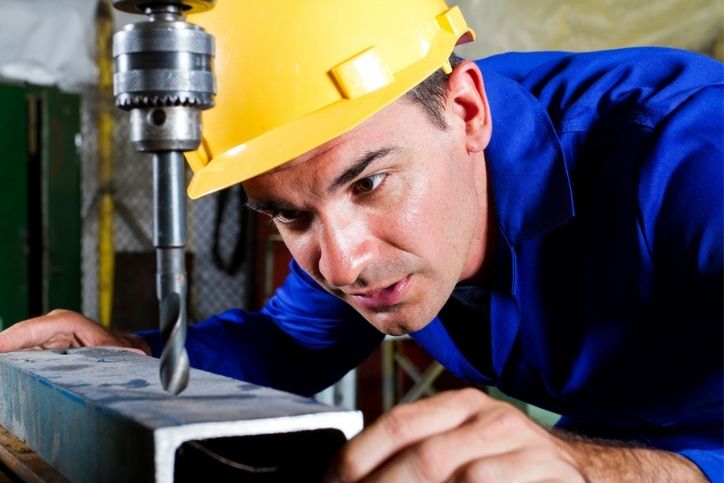Understanding how to measure drill press size is crucial for anyone involved in DIY projects or professional metalwork. Correct measurement not only ensures optimal performance but also promotes safety and precision in any operation. When you know your drill press size properly, you can accurately choose the right components and tools for your tasks.
Whether you’re an expert craftsman or just starting, this guide aims to provide you with all the necessary information you need to accurately determine your drill press size. With our structured approach and expert insights, measuring your drill press will become both an easy and enjoyable task.

Understanding Drill Press Basics
A drill press is a versatile tool used for drilling holes in various materials. It is a vital piece of equipment for precision work in woodworking, metalworking, and similar fields. A typical drill press consists of a base, column, drill head, and spindle. Each of these components plays a key role in the functionality and size calculation of the drill press.
Importance of Knowing Your Drill Press Size
Its crucial to know the size of your drill press before embarking on any project. Proper measurement ensures compatibility with the material you’re working with and assists in selecting the right accessories. Misjudging the size could lead to inefficient operations or even damage to the machine or your project materials.
Components and Their Measurements
Base of the Drill Press
The base provides stability to the drill press. Measure its length and width to ensure it fits within your designated workspace.
The Column
The column is a vertical pole that extends from the base to the drill head, supporting the entire machine. Measure the distance between the base and the top of the column.
Drill Head and Motor
This component houses the spindle and the chuck where the drill bits are mounted. Measure the height of the drill head from the motor to the tip of the bit for accurate functionality.
Step-By-Step Guide on Measuring Drill Press Size
Identify the Spindle Travel
The spindle travel is the distance the spindle moves up and down. Accurate measurement here ensures precision in depth for hole drilling.
Determine the Throat Depth
Measure from the spindles center to the edge of the column. This throat depth will largely govern the size of material you can fit on the drill press.
Measure Quill Stroke
The quill stroke is an indicator of how deep a hole you can drill without needing to reposition the workpiece or the drill press.
Check Maximum Height Capacity
When determining the drill press size, include the maximum height the drill press can accommodate. This ensures larger materials can be used without obstruction.
General Tips for Measuring
Use a tape measure or a precision ruler for all measurements. Verify each measurement twice for accuracy. Its also beneficial to refer to the manufacturers manual for specific guidelines on your particular drill press model.
Frequently Asked Questions
What tools will I need to measure a drill press?
Youll need a tape measure or ruler, a notepad for recording dimensions, and possibly measuring calipers for detailed or precise measurements.
How often should I measure my drill press size?
Regular checks are recommended, especially before starting a new project using different materials.
Can measurement errors impact project outcomes?
Yes, inaccurate measurements can lead to misaligned holes and potentially damage the workpiece or the drill press itself.

Conclusion and Resources
For more detailed information on drill press functionality and uses, you might find this external resource helpful. Proper measurement of your drill press is essential to leveraging its full capabilities, ensuring both safety and efficiency in all tasks you undertake.
This article contains affiliate links. We may earn a commission at no extra cost to you.

